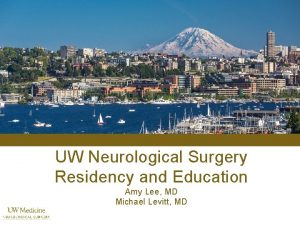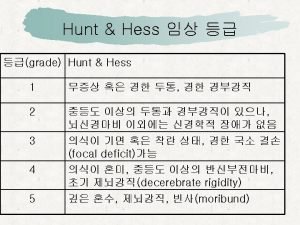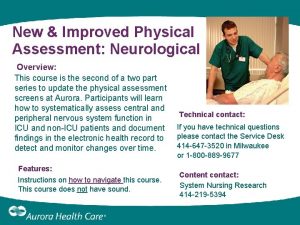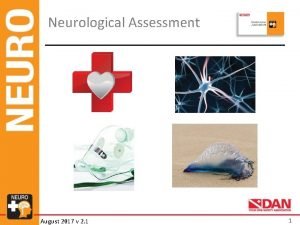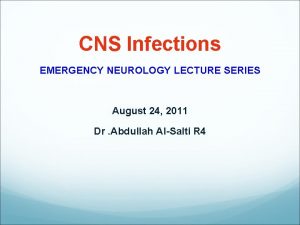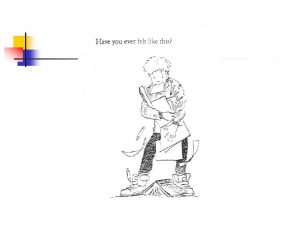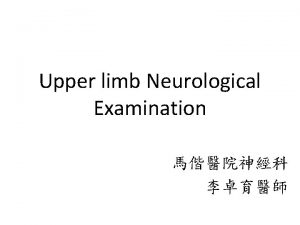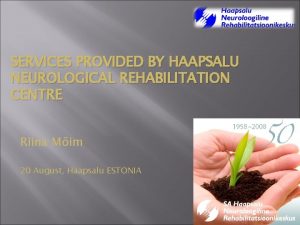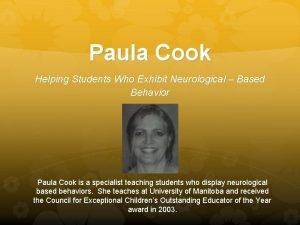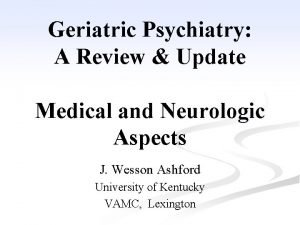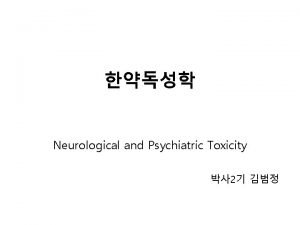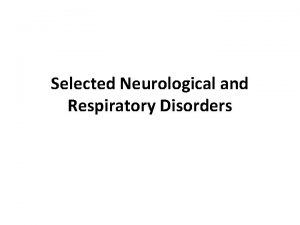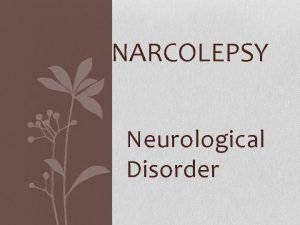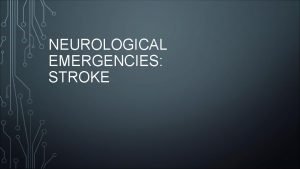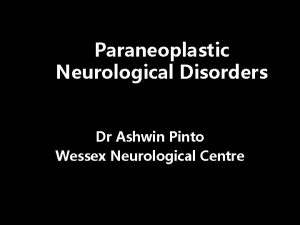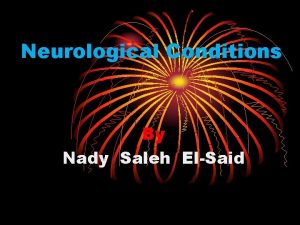UW Neurological Surgery Residency and Education Amy Lee










- Slides: 10

UW Neurological Surgery Residency and Education Amy Lee, MD Michael Levitt, MD

OVERVIEW OF SUBJECT Residency: Four Unique Sites with Diverse Assets High Volume, High Academic Demands, Individual Conferences Education: Neuroscience Didactics Operative and Psychomotor Skills Research/Grant Writing 2

VOLUMES AND HOW THIS IMPROVES RESIDENT TRAINING UWMC: Tumor, MIS and Tumor spine, skull base/endoscopic HMC: Trauma (cranial/spine), vascular, stroke, tumor, epilepsy, hydrocephalus SCH: Pediatrics Spectrum VA: Spine, peripheral nerve, general neurosurgery 3

KEY POINTS (ACADEMIC, CLINICAL AND/OR FINANCIAL) The case mix and faculty at each site are unique Educational content at each site also differ but are complimentary without competition or overlap Primary objective: Unifying the practical and didactic educational components 4

SWOT ANALYSIS • Diverse settings • Departmental leadership with national profile • Different hospital systems • Structured resident education • Diverse faculty • Call coverage • Structured resident rotation schedule • Individualized resident rotation schedule • Structured resident research curriculum S Strengths W Weaknesses O Opportunities • Milestone requirements • ACGME work hour restrictions • Research pressures • Enfolded vs. postgrad fellowship expectations T Threats 5

LEARNING POINTS FROM SWOT Multiple sites are both a strength and weakness Large residency = many opportunities, constraints by ACGME requirements, decentralization Providing appropriate infrastructure in support of resident education is KEY 6

SOLUTION EXAMPLE “Sawbones” lab for spinal fusion 7

SOLUTION EXAMPLE Increased service obligations for NS patients (discharge summaries, consults, notes, family conferences) Solution: Advanced Practice Providers (ARNPs, PAs and Neuro-Hospitalists) N> 30 APP over UW NS Department • Improve educational experience for residents and provide excellent patient care 8

KEY INITIATIVES LAST 10 YEARS Structured Resident Education Curriculum • Wednesday morning 2 hrs (all residents attend: Grand Rounds and Resident Education) • Written boards/Neuroscience review • Each Site has Education Conferences/Tumor Board, Structured research component (Editor, IRB, Protected Time, Mentorship) • Papers, R-25 Training Grant, IRB Infrastructure, mentorship teams Regular practical anatomical lab courses • Spine (Sawbones), Skull base, Microanastomosis 9

SUMMARY/CONCLUSIONS Multi-site Residency is the biggest source of academic strength and logistic challenge Large clinical/research faculty (N=54), 3/year resident cohort, diverse geography, high operative volumes present both rich educational potential and need for creative logistic solutions 10
